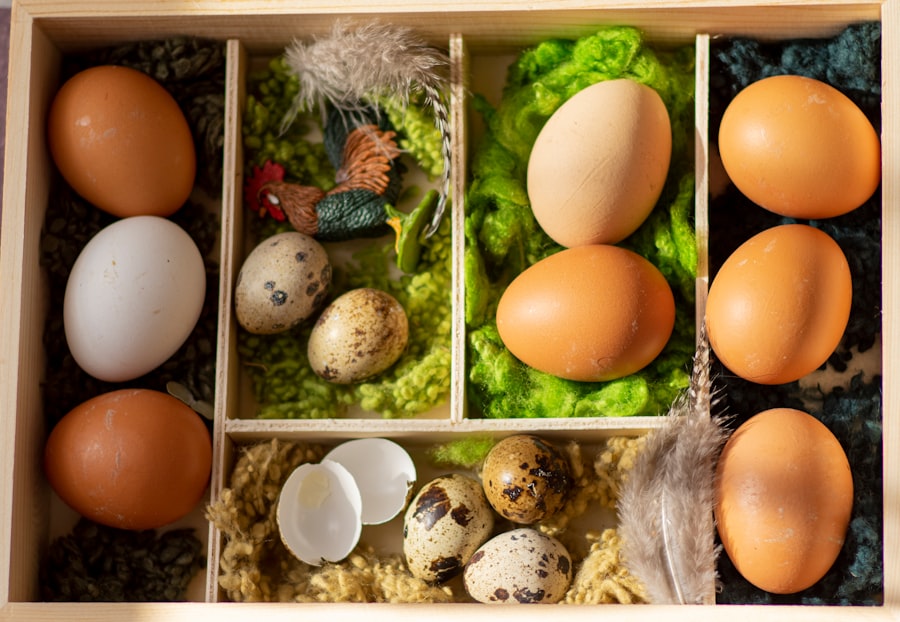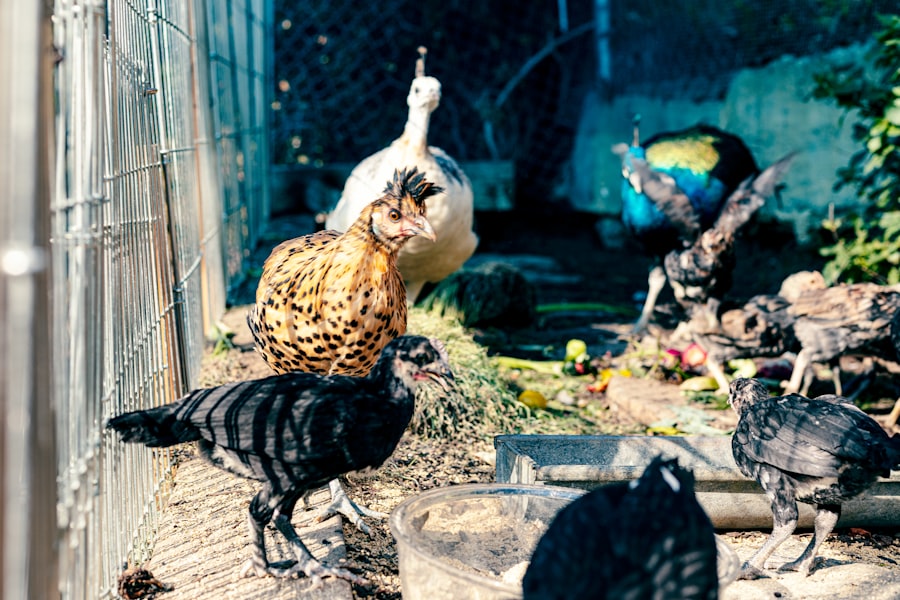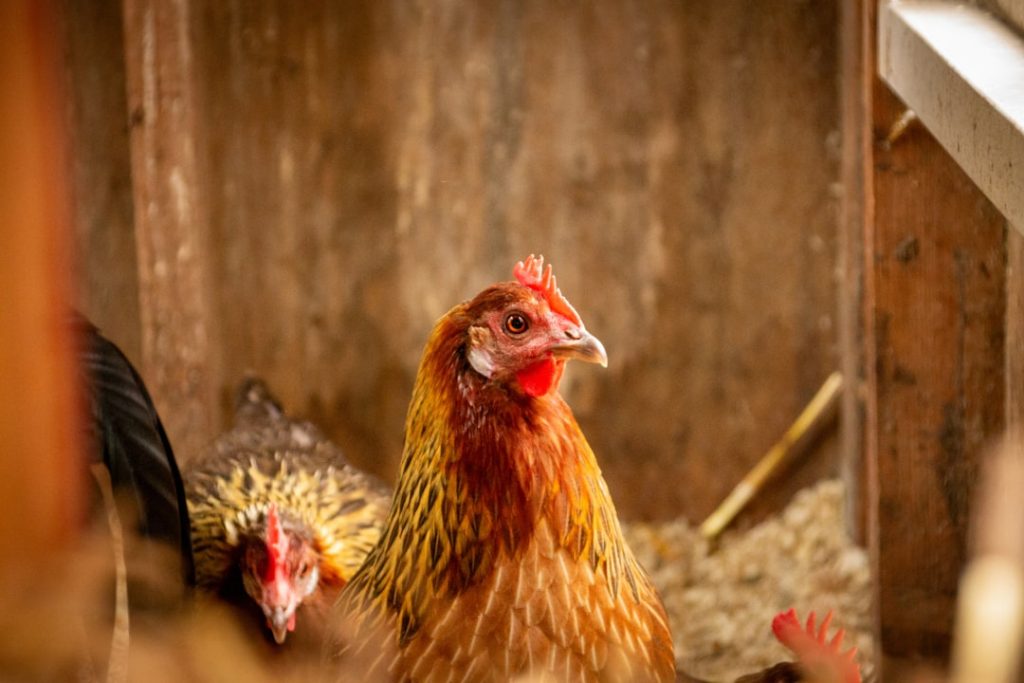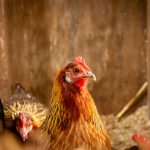Livestock predation poses a significant challenge for farmers and ranchers globally. Predatory animals, including wolves, coyotes, bears, and mountain lions, can inflict substantial economic damage through the killing or injury of livestock. The financial losses incurred from predation are often compounded by the emotional distress experienced by farmers who have invested time and care in their animals.
Developing effective strategies to protect livestock and minimize losses requires a thorough understanding of the predation threat. Predators are opportunistic by nature and will exploit easily accessible food sources when available. Areas with abundant prey attract these animals, and they may develop habitual predation patterns if livestock becomes readily accessible.
To create a comprehensive predator management plan, it is crucial to understand the behavior and habits of local predatory species. This knowledge enables farmers to implement proactive measures that reduce the risk of predation and enhance the protection of their livestock.
Table of Contents
- 1 Secure Coop Design
- 2 Predator Deterrents
- 3 Electric Fencing
- 4 Motion-Activated Lights
- 5 Removal of Attractants
- 6 Regular Monitoring and Maintenance
- 7 FAQs
- 7.1 What are some common animals that may eat chickens?
- 7.2 What are some effective ways to keep animals from eating chickens?
- 7.3 Are there any natural deterrents that can help keep animals away from chickens?
- 7.4 What should I do if I suspect that an animal is targeting my chickens?
- 7.5 Are there any legal considerations when it comes to protecting chickens from predators?
Key Takeaways
- Understanding the threat: Recognize the potential dangers posed by predators and the need for proactive measures to protect against them.
- Secure coop design: Implement strong and secure coop designs to prevent predators from gaining access to poultry and other animals.
- Predator deterrents: Utilize various deterrents such as noise makers, predator urine, and visual deterrents to discourage predators from approaching the coop.
- Electric fencing: Install electric fencing as an effective barrier to keep predators away from the coop and its inhabitants.
- Motion-activated lights: Use motion-activated lights to startle and deter predators from approaching the coop during the night.
- Removal of attractants: Keep the coop area clean and free of food scraps and other attractants that may draw predators to the area.
- Regular monitoring and maintenance: Regularly inspect the coop and its surroundings for signs of predator activity and make necessary repairs and adjustments to maintain security.
Secure Coop Design
Designing a Predator-Proof Coop
A well-designed coop should be sturdy and predator-proof, with no weak points that predators can exploit. This may include using heavy-duty materials such as steel or reinforced wire mesh, as well as secure locks and latches to prevent predators from gaining access.
Sealing Gaps and Openings
Additionally, it’s important to ensure that there are no gaps or openings that predators can squeeze through, as even small openings can provide access to determined predators.
Strategic Coop Placement
In addition to the physical design of the coop, it’s also important to consider the layout and placement of the enclosure. Coops should be located in well-lit areas with good visibility, making it more difficult for predators to approach undetected. Placing coops closer to human activity can act as a deterrent to predators, as they are less likely to approach areas with a high level of human presence.
By designing and building secure coops, farmers can create a safe and protected environment for their livestock, reducing the risk of predation.
Predator Deterrents

In addition to secure coop design, there are a variety of predator deterrents that can be used to protect livestock from predation. One effective deterrent is the use of guard animals such as livestock guardian dogs or llamas. These animals are bred and trained to protect livestock from predators and can be highly effective at deterring potential threats.
Their presence alone can act as a deterrent to predators, as they are less likely to approach an area with a large, intimidating animal guarding the livestock. Another effective predator deterrent is the use of sound and light devices. These devices emit loud noises or bright lights when triggered, which can startle and deter predators from approaching the area.
Additionally, motion-activated sprinkler systems can be used to surprise and deter predators, as they are unlikely to approach an area where they may get wet. By using a combination of these deterrents, farmers can create a hostile environment for predators, reducing the risk of predation on their livestock.
Electric Fencing
Electric fencing is another effective tool for protecting livestock from predators. Electric fences deliver a mild electric shock when touched, creating a psychological barrier that deters predators from attempting to breach the enclosure. Electric fencing can be particularly effective for deterring predators such as coyotes and bears, which may be more persistent in their attempts to access livestock.
Additionally, electric fencing can be easily installed and is relatively low maintenance, making it a cost-effective solution for predator control. When installing electric fencing, it’s important to ensure that it is properly grounded and maintained to deliver an effective shock to potential predators. Additionally, it’s important to regularly inspect the fencing for any damage or malfunctions that could compromise its effectiveness.
By incorporating electric fencing into their predator management plan, farmers can create a secure perimeter around their livestock, reducing the risk of predation.
Motion-Activated Lights
Motion-activated lights are another effective tool for deterring predators from approaching livestock enclosures. These lights are triggered by movement and can startle and deter predators from approaching the area. By installing motion-activated lights around the perimeter of the coop or enclosure, farmers can create a well-lit environment that makes it more difficult for predators to approach undetected.
Additionally, the sudden burst of light can startle and deter potential threats, reducing the risk of predation on livestock. In addition to deterring predators, motion-activated lights also provide added security for farmers by alerting them to any potential threats in the area. By illuminating the surroundings when triggered, these lights provide increased visibility and allow farmers to monitor for any signs of predator activity.
By incorporating motion-activated lights into their predator management plan, farmers can create a well-lit and secure environment for their livestock, reducing the risk of predation.
Removal of Attractants

Removing Attractants to Prevent Predation
One crucial aspect of predator management is the removal of attractants that may draw predators to the area. This includes removing food sources such as carcasses or garbage that could attract scavenging predators. Additionally, it’s essential to secure any potential food sources within the coop or enclosure to prevent attracting predators looking for an easy meal.
Reducing the Likelihood of Predation
By removing attractants from the area, farmers can reduce the likelihood of predators being drawn to their livestock. In addition to food sources, it’s also important to remove any potential shelter or den sites that could attract predators to the area. This may include clearing brush or debris that could provide cover for predators, as well as securing any potential den sites such as abandoned buildings or culverts.
Creating a Less Appealing Environment
By removing attractants from the area, farmers can create a less appealing environment for predators, reducing the risk of predation on their livestock. This proactive approach can help protect livestock from potential threats and ensure a safer and more secure farming operation.
Regular Monitoring and Maintenance
Regular monitoring and maintenance are essential components of an effective predator management plan. Farmers should regularly inspect their coops and enclosures for any signs of damage or weakness that could compromise their effectiveness at protecting livestock from predators. Additionally, it’s important to monitor for any signs of predator activity in the area, such as tracks or scat, and take proactive measures to address any potential threats.
In addition to regular monitoring, it’s also important to maintain any deterrents or protective measures that have been implemented. This may include ensuring that electric fencing is properly grounded and functioning effectively, as well as replacing any motion-activated lights or sound devices that may have become damaged or worn over time. By regularly monitoring and maintaining their predator management measures, farmers can ensure that their livestock remains protected from potential threats.
In conclusion, protecting livestock from predation is a significant challenge for farmers and ranchers around the world. By understanding the threat of predation and implementing proactive measures such as secure coop design, predator deterrents, electric fencing, motion-activated lights, removal of attractants, and regular monitoring and maintenance, farmers can create a safe and secure environment for their livestock, reducing the risk of predation and minimizing economic losses. It’s important for farmers to develop a comprehensive predator management plan that addresses the specific threats in their area and incorporates a combination of deterrents and protective measures to effectively protect their livestock from predators.
If you’re looking for ways to keep animals from eating your chickens, you may also be interested in learning how to convert a shed into a chicken coop. This article from Poultry Wizard provides helpful tips and guidance on transforming a shed into a safe and secure space for your feathered friends. Check it out here.
FAQs
What are some common animals that may eat chickens?
Some common animals that may pose a threat to chickens include foxes, raccoons, coyotes, dogs, cats, hawks, and owls.
What are some effective ways to keep animals from eating chickens?
Some effective ways to keep animals from eating chickens include using secure fencing, installing motion-activated lights or sprinklers, using guard animals such as dogs or llamas, and keeping chickens in a secure coop at night.
Are there any natural deterrents that can help keep animals away from chickens?
Yes, there are natural deterrents that can help keep animals away from chickens. Some examples include planting thorny bushes or using strong-smelling herbs and spices around the chicken coop.
What should I do if I suspect that an animal is targeting my chickens?
If you suspect that an animal is targeting your chickens, it’s important to take immediate action to protect your flock. This may involve reinforcing your coop, setting up traps, or contacting local wildlife authorities for assistance.
Are there any legal considerations when it comes to protecting chickens from predators?
Yes, there may be legal considerations when it comes to protecting chickens from predators. It’s important to familiarize yourself with local laws and regulations regarding the protection of livestock and the use of deterrents or traps.
Meet Walter, the feathered-friend fanatic of Florida! Nestled in the sunshine state, Walter struts through life with his feathered companions, clucking his way to happiness. With a coop that’s fancier than a five-star hotel, he’s the Don Juan of the chicken world. When he’s not teaching his hens to do the cha-cha, you’ll find him in a heated debate with his prized rooster, Sir Clucks-a-Lot. Walter’s poultry passion is no yolk; he’s the sunny-side-up guy you never knew you needed in your flock of friends!







